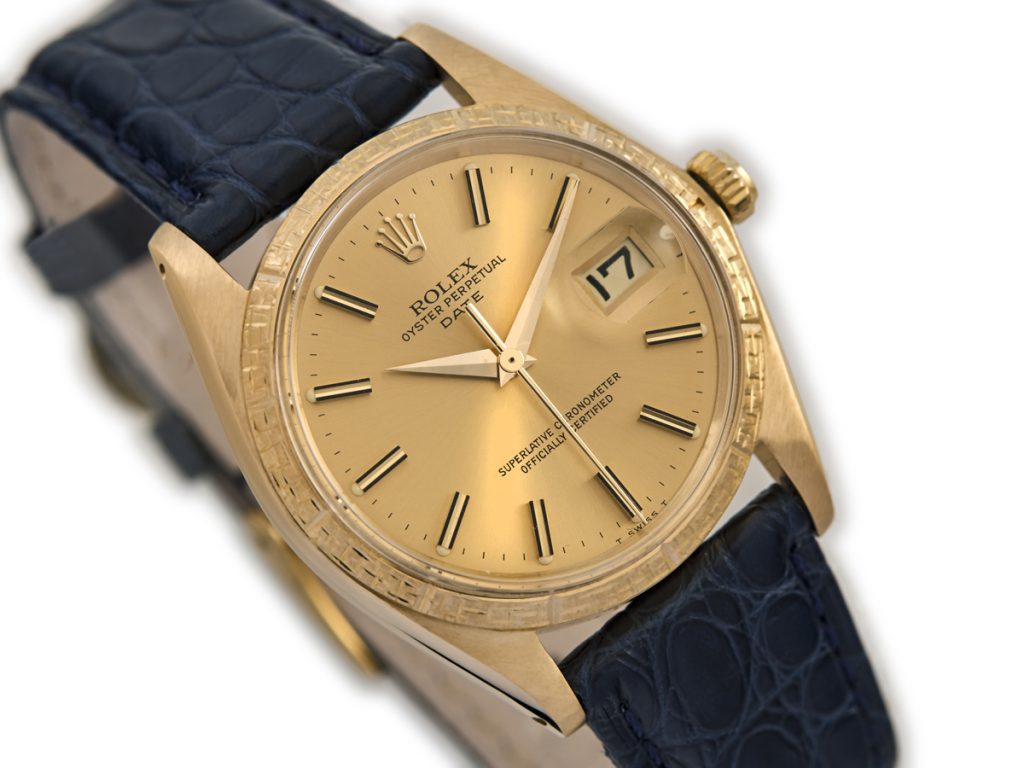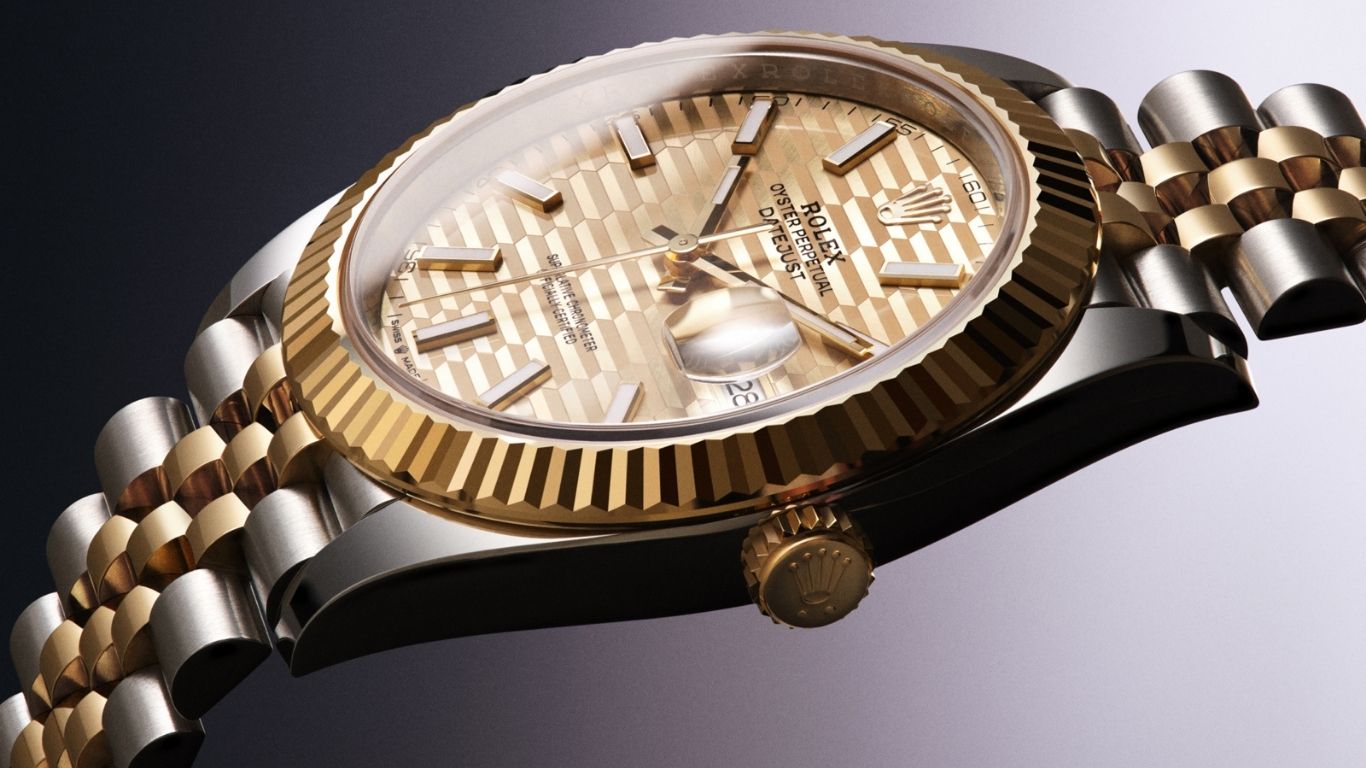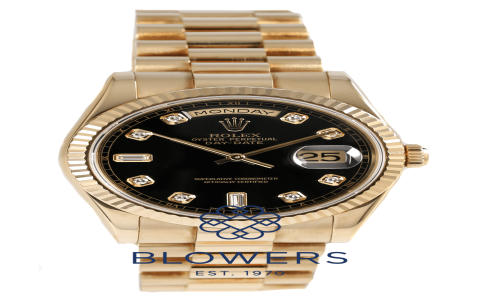So last month my buddy Dave kept bragging about his gold Rolex, saying it’s not just bling but also smart money. Got me thinking, is that true? Figured I’d find out myself instead of taking his word.

Getting Started
First thing I did was call three second-hand jewelry shops downtown. Asked straight up: “You buy gold Datejust Oyster Perpetuals often?” All three said the same thing:
- “Stainless steel models sell faster“
- “Gold pieces sit for months sometimes”
- “You lose 25% the second you walk out the AD door”
Price Tracking Mess
Spent two weekends comparing prices. Tracked five identical 2020 yellow gold Datejusts across different sellers:
- New at AD: $46,000 (crazy waitlist too)
- Like-new private seller: $38,500
- Jewelry shop: $36,900
- Auction house estimate: $32,000–$35,000
Noticed all pre-owned ones lost minimum 20–30% already. My wallet started sweating just seeing those numbers.
Real Costs Kick In
Then I remembered maintenance. Talked to Mike who owns a 2018 gold Datejust:
“Service every 5 years? That’ll be $800 minimum if nothing’s broken,” he groaned. “And you better get insurance – adds like $500 to your annual bill.”

Meanwhile my dumb stock portfolio just sits there costing me nothing…
The Final Test
Made a spreadsheet comparing Dave’s watch to my boring S&P 500 fund over five years:
- His $46k watch after fees/resale: maybe $41k if lucky
- My index fund: $61k with dividends
Went back to Dave and said: “Your ‘investment’ would’ve cost me twenty grand.” He hasn’t mentioned watches since.
Bottom line? Gold Rolex looks shiny on Instagram but bleeds cash in real life. You want jewelry? Buy it. Want investments? Buy literally anything else.


